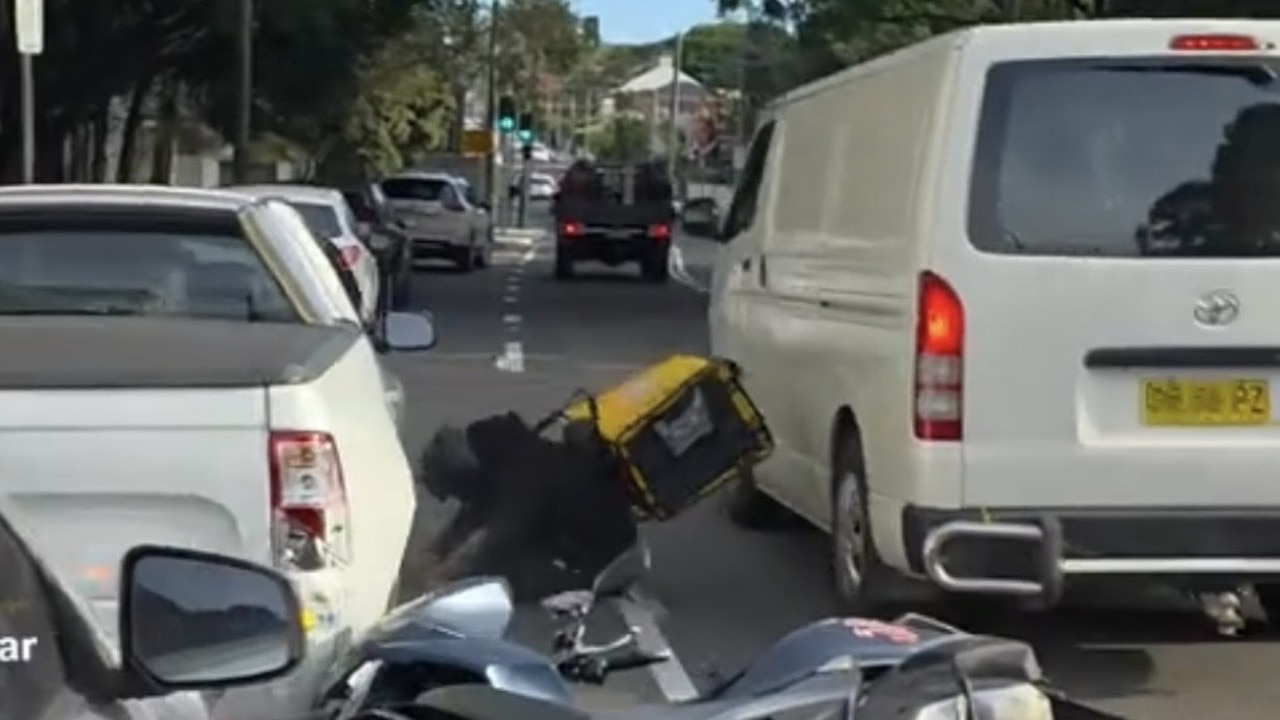’It will be as dramatic as the changes from horses to cars’: rail link, drones, and driverless vehicles in Bondi transport blueprint
BONDI is poised for a radical overhaul that would create a railway travelling down a “boulevard to the beach” as Waverley Council prepares for a future without private cars.
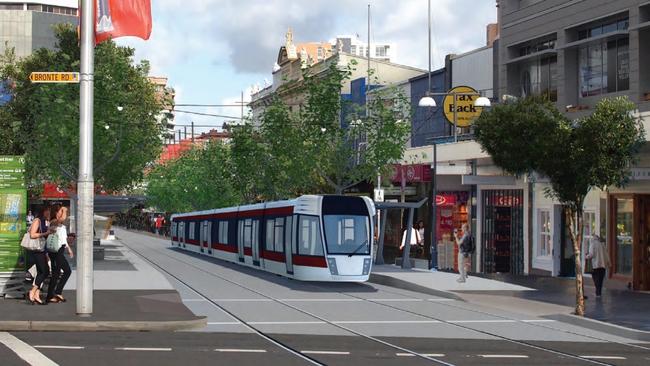
- Green light for five-storey aged-care facility in Darlinghurst
- Woman leaves Bronte home after 90 years
BONDI is poised for a radical overhaul that would create a railway travelling down a “boulevard to the beach” as Waverley Council prepares for a future without private cars.
A proposal to “transform” Bondi Rd is part of a blueprint for Waverley’s future transport system that also envisages the redevelopment of Bondi Junction, in line with a 10 per cent rise in car sharing each year and a raft of speed and parking restrictions.
The blueprint — Waverley’s People, Movement and Places — which is set for public consultation after being considered by council’s Operations Committee on Tuesday night states: “We anticipate that changes to transport over the next 20-30 years will be as dramatic as the transformation from horses to cars.
“Driverless vehicles for goods delivery, drones, buses, and cars, electric vehicles including e-bikes and shared mobility — share cars, share bikes — will all be part of the transport mix … this transport plan will help us to tackle our current transport problems, and best meet the changing demands of the future.”

Among 12 “signature projects” proposed by the blueprint is a Bondi Junction revamp, using $20m from state government parking levies to create better access to the bus interchange and wider footpaths. It also proposes cutting speed limits to 30km/h throughout the junction and as low as 10km/h in some areas, and car sharing is expected to rise 10 per cent every year.
A major focus will be the creation of cycle superhighways, a network of safe, seperated cycleways along key routes.
The blueprint incorporates a previously unpublished review of Bondi Rd, commissioned by Waverley Council, deeming it “beyond capacity” and warns intense demand on public transport infrastructure from population growth will lead to a 70 per cent rise in bus passengers on the clogged thoroughfare within 20 years.
The review, Bondi Road Corridor Transport Strategy, outlines a two-stage transformation of the beleaguered street: first, an “intelligent” dedicated bus lane, followed by a potential light rail, and above or underground Metro from Bondi Junction to the beach, are among a range of other potential rail-based ideas.
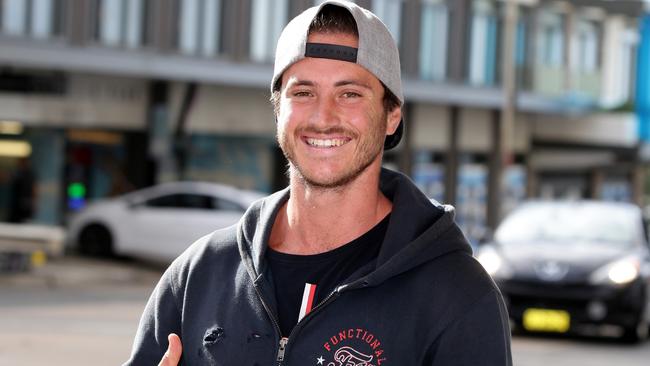
“The current system is operating beyond capacity. Buses are delayed by general traffic, and overcrowding means they are sometimes unable to pick up passengers,” the Bondi Rd strategy report states.
“Clearly a step change in public transport provision is required to reflect the future of Waverley as a vibrant inner city and beachside area ... There is an opportunity for council to envisage the Bondi Rd corridor as a ‘boulevard to the beach’ with public transport at its core.”
The Bondi Rd plan envisages a “transformation” of the corridor to meet rising demand.
It warns that this will require removing on-street parking, restricting local access, and for the local or state government to buy some property.
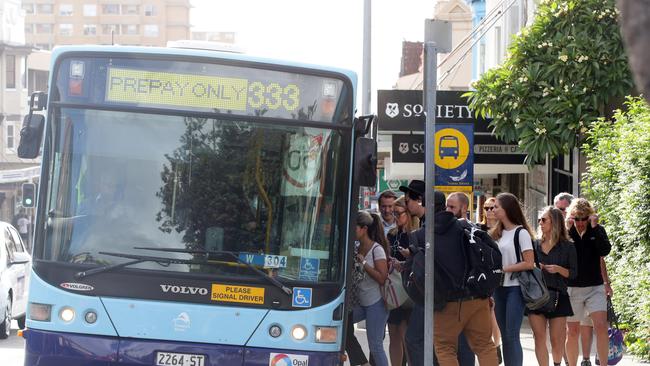
By 2036, there will be 26 per cent more people on the street’s buses than cars travelling in the peak direction on Bondi Rd, compared with 16 per cent more people on the 333, 380, 381 and 382 buses than in cars now, the report states.
It looks at a range of rail-based options — even canvassing a monorail — but ultimately recommends:
â– Discussions with state government extending Sydney Metro rail links through the CBD from the west to Bondi Beach; or
â– A light rail down the centre of Bondi Rd as a “medium-term option”
While improving bus services is the likely short-term solution, Waverley Mayor Sally Betts told the Wentworth Courier a rail link to Bondi Beach was “crucial”.
The council is in the technical design phase to work out whether the link would take the form of light rail or a metro system such as the one being rolled out across Sydney.
Ms Betts said she “had no doubt” the state government would fund the project once they have the right solution.
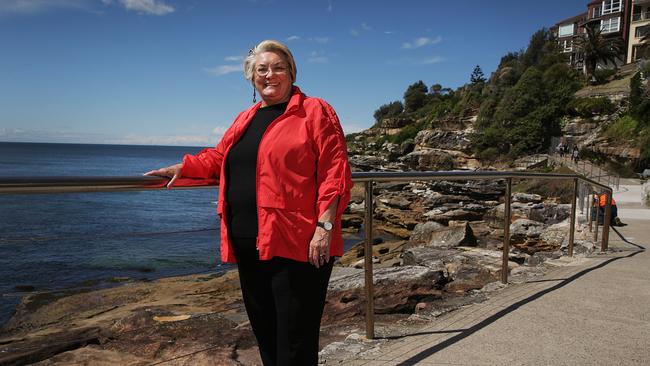
“It’s very much on (the state government’s) map,” Ms Betts said.
“I’ve been talking to the current premier about light rail for at least the last six years … we went to see her as transport minister and she told us what steps we needed to go through.”
She said the council had worked with the government “every single step”.
“We are following their pathway,” Ms Betts said.
“If you are talking about 20 years time, we are absolutely positive we will have light rail from the North Bondi bus terminal to at least Waverley bus depot, and one would hope it would go all the way into the city.”
Other projects in the Waverley’s People blueprint include a redesign of Charing Cross, a combined school drop-off zone for Waverley schools and a new parking system at Bondi Beach.
Go Get has seen a 60 per cent surge in membership in Wentworth Courier’s patch from 9625 members in 2013 to 15,400 in 2016.
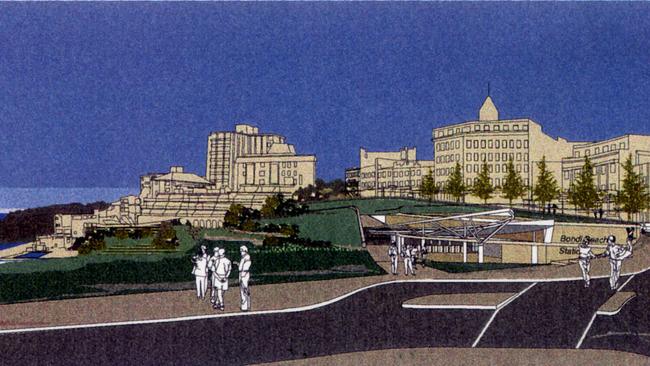
North Bondi resident Jason Graham-Nye said he used GoGet at least every couple of days, especially to transport the children and go shopping.
“It is more convenient and it costs a ludicrous amount to maintain a car, which starts depreciating immediately.
“I think this shared-economy stuff has legs — accessing things rather than owning it makes sense.”
He felt GoGet reduced congestion as it reduced the amount of time people drive around looking for a park.
“I think if you own a car, you have more propensity to use it,” he said.
“GoGet users might plan how they travel a bit differently so they might do three (errands) in one trip rather than doing three separate trips,” he said.
“You end up with less trips on the road.”
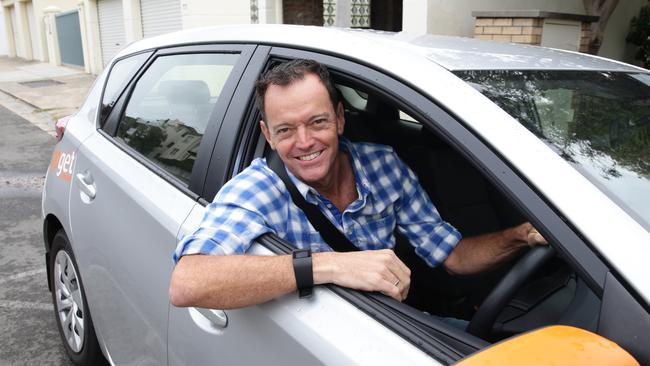
A GoGet spokesman said 80 per cent of members in the eastern suburbs no longer own a vehicle.
“And 55 per cent of business members in these suburbs no longer drive to work because they have access to a GoGet car at work they can use during the day,” Mr Englert said.
On average, GoGet replaces 10 cars that would be parked on the street and members decrease their mileage travelled by 50 per cent a year.
Bondi resident Nick Smith walks almost everywhere or rides his motorbike.
“I get an Uber up to Bondi Junction when I need to do a big shop.”
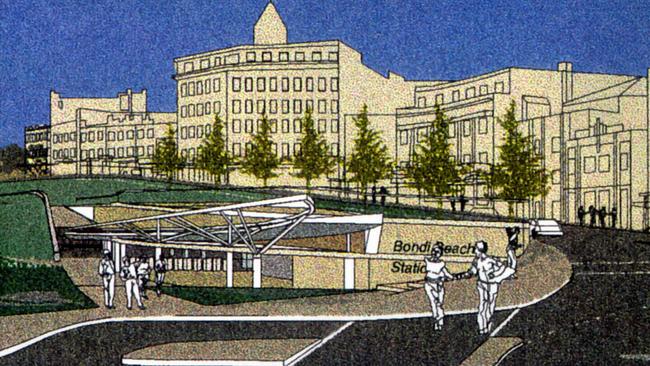
Mr Smith said driverless buses and drones delivering groceries and takeaway food will be commonplace in 20 years.
“Amazon and FedEx will be doing it in the next two or three years and Dominos is already using drones to deliver pizzas, so I don’t see why Woolworths and Coles won’t be doing it in the next 10 years,” he said.
“I think it would be better if there is more people catching public transport on the weekend for the tourists and more car sharing in congested areas.”
But he would still like to own a vehicle in 20 years.
Mr Smith would like to see less cars on Bondi roads but he said more parking should be provided around the beach.
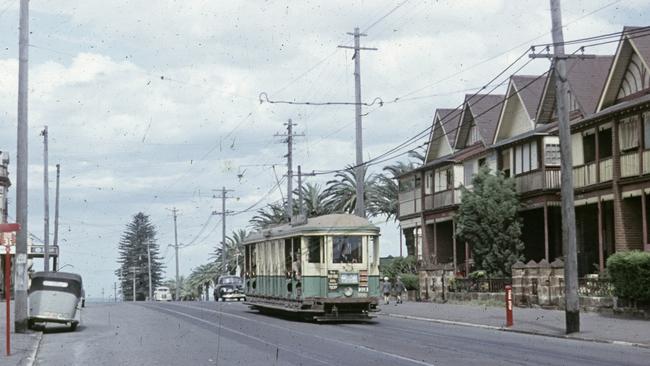
Ever since the last tram rolled out of Bondi in 1960, there have been countless proposals to recreate tracks into the beachside suburb.
Engineer John Bradfield had first developed a plan in 1915 for a Sydney rail network, which would have linked Bondi to the city.
The alignment for the line was set in 1926 and construction started but it was derailed by the Great Depression and World War II.
After the war, the government planned to deliver two lines including one out to Bondi Beach via Kings Cross but a recession stopped the proposal in its tracks in 1952.

In 1967 the government started to build on the dormant eastern suburbs line but the project lost steam and stopped at Bondi Junction in 1976.
In the late 1960s, the government dropped a proposal for a privately funded extension of the line to the beach in the face of fierce community opposition.
Labor candidate Gloria Nicol announced a cunning plan to revive the line extension as part of her 2015 NSW election campaign against Vaucluse MP Gabrielle Upton.
She suggested three stations — North Bondi, South Bondi and a station near Old South Head Rd about 1.5km from Rose Bay ferry wharf.
Waverley Council has had a policy advocating for light rail since 2013 but all action on the project had stagnated while the $500 million Sydney CBD and South East Light Rail project proceeded.
Originally published as ’It will be as dramatic as the changes from horses to cars’: rail link, drones, and driverless vehicles in Bondi transport blueprint



